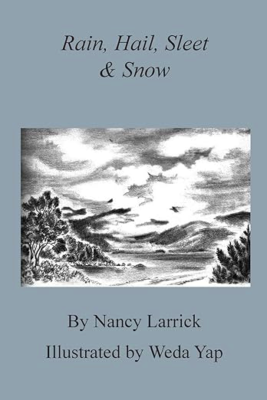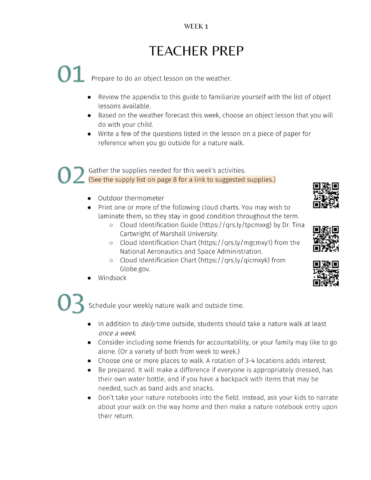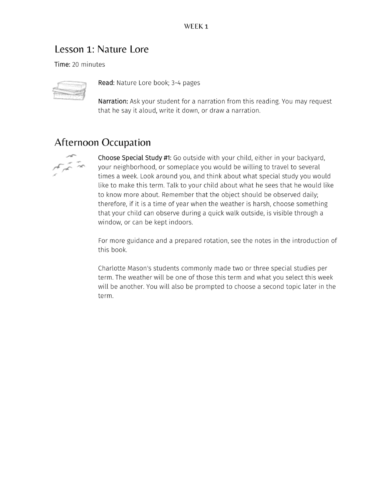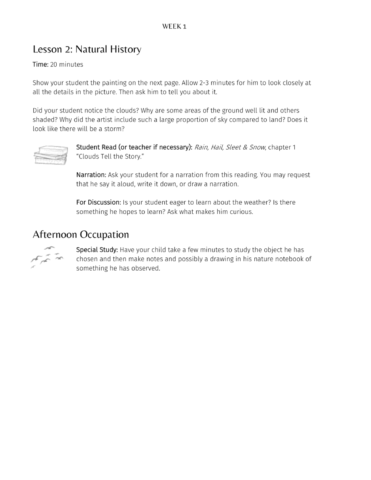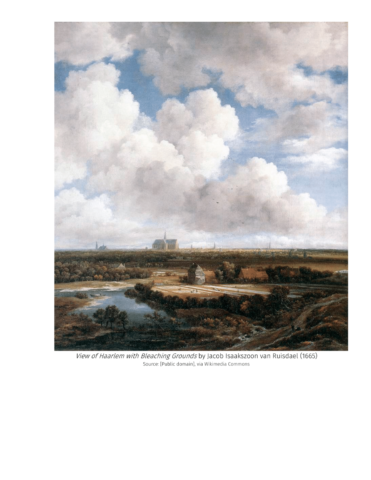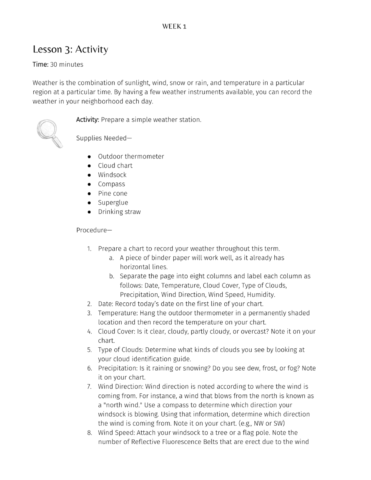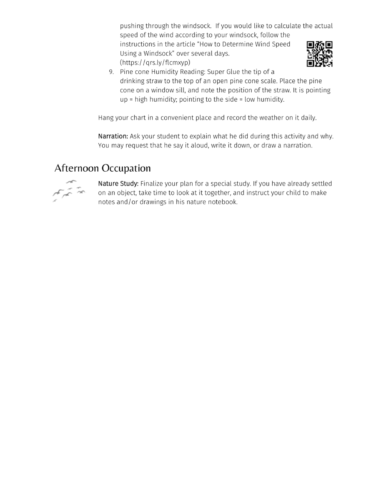In this Form 2 (grade 4-6) study guide, students will learn about cloud formation and type, various types of precipitation and humidity, wind, lightning and thunder, hurricanes and tornadoes, the cause of seasonal differences in weather, and the difference between weather and climate.
The study guide includes reading assignments from the spine text, narration prompts, and open discussion questions. Experiments related to the reading are also included. Optional supplemental activities, such as current events, videos, and article suggestions when there is time, are also included. Finally, you will find a link to an exam for each course in the introductory material.
- Pages: 75
- Prerequisites: none
Spine Text
This study guide accompanies the living book Rain, Hail, Sleet & Snow by Nancy Larrick (Living Library Press, 2016, ISBN: 0692810471), which must be purchased separately.
Buy a newly reprinted copy of this book from
- 72 pages
- Reading Level: 4-7 grade
- Prerequisites: none
Nancy Larrick (1910-2004) was many things and did many things. A teacher in her hometown of Winchester, Virginia where she grew up and a teacher in many different countries of the world. A lover of nature, collector of rare children’s books, passionate about history, and a fan of felines.
She is credited with bringing to the attention of our nation the absence of ethnically diverse characters in the books young people read. This was in 1965 during the Civil Rights movement, setting into motion much needed change that is still going on today.
She wrote five books herself and edited many more. She always sought the advice and recommendations of young people when she was collecting poetry for one of her 20+ anthologies of poetry for children. Allowing them to help choose titles and allowing them to be free to write their own poems. She loved the written word and the sounds, rhythm, and feelings of those words. She wanted all to know the beauty of the written and spoken word. Most of all she loved people. Especially those who “are doing things and asking questions”. —Michele Jahncke (source)
Other Necessary Items to Complement This Course
- Review the Supply List for this course.
- Handbook of Nature Study by Anna Botsford Comstock
Schedule:
This study guide includes 33 morning lessons, three per week, each requiring approximately 20-30 minutes. Each week will include the following science lessons:
- Weekly Lesson 1: Nature Lore
- Weekly Lesson 2: Natural History Science Reading and sometimes an activity
- Weekly Lesson 3: Special Studies Reading or Natural History Activity
Other necessary science and nature study should be done during afternoons or evenings, and may include the following:
- Daily work outside exploring and investigating, making notes or drawings of their observations. Due to the subject matter of this study guide, some of this daily work will need to be done after sunset.
- Additional reading on this science topic and nature topics according to individual desire and interest.
We have been working through the weather unit for Form 2. This has been nothing short of wonderful. We love the book, the art, the suggestions of resources. My son is looking forward to nature study and has a good time informing his grandma and dad of the different clouds’ names. We plan to buy more.
—Crystal C.
Sample Lessons:
A digital version can be purchased below, but the paperback copies of this study guide must be purchased on Amazon.
Neither the study guide nor the accompanying spine text includes religious content. Therefore, a separate secular version is not available.
SMH offers discounted prices for Co-Op and Schools. If you are purchasing for Co-Ops, please refer to this page. For School License, please refer to this page.
Reviews
This was the first SMH guide that we used, and my fourth grade daughter really enjoyed it. I love that the term’s work is laid out with lots of flexibility for the nature lore and special study components – I was able to combine my form 2 student (grade 4) with her form 1 siblings (K and grade 2) for the nature lore reading. It made my timetable simpler, and my form 2 daughter still got the robust form 2 work she needed. I expect we’ll use this again in a few years when my younger students are in form 2. This is a great guide to start with if you are new to SMH or Charlotte Mason.
This was the first SMH guide that we used, and my fourth grade daughter really enjoyed it. I love that the term’s work is laid out with lots of flexibility for the nature lore and special study components – I was able to combine my form 2 student (grade 4) with her form 1 siblings (K and grade 2) for the nature lore reading. It made my timetable simpler, and my form 2 daughter still got the robust form 2 work she needed. I expect we’ll use this again in a few years when my younger students are in form 2. This is a great guide to start with if you are new to SMH or Charlotte Mason.
This guide was super fun! We didn’t track the weather everyday but we managed a few times per week. Setting up a weather station was fun and we found ourselves staring at the clouds often! The book was great. Easy enough for my dyslexic child to read but not boring or too simple.
We’ve loved this guide and text. The habits it promotes and the vocabulary it provides to describe our everyday experiences has helped us to understand our environment so much more intricately.
This was a well received curriculum. I still use the resources with all my children when we are doing nature study – the cloud guide, and Beaufort wind scale, etc. My Daughter loved learning about weather, and my younger daughter was jealous at the time and waiting expectantly for next year when she’s in Form 2 and gets to learn about weather.
An excellent study. We’ve tried lots of approaches to nature journaling with mediocre success, but the combination of the main text and the accompanying activities actually got us into successful, consistent nature journaling. My kids still look outside and tell me what our wind scale rating is today, which started when we did this study. Thank you for a great product!
My kids and I are excited to get started learning about the weather next week using this guide. It’s so well organized! And the supply list and experiments appear to be clear and easy to implement. I’m not very good about doing experiments, but I think I can handle these.
You must log in to submit a review.


